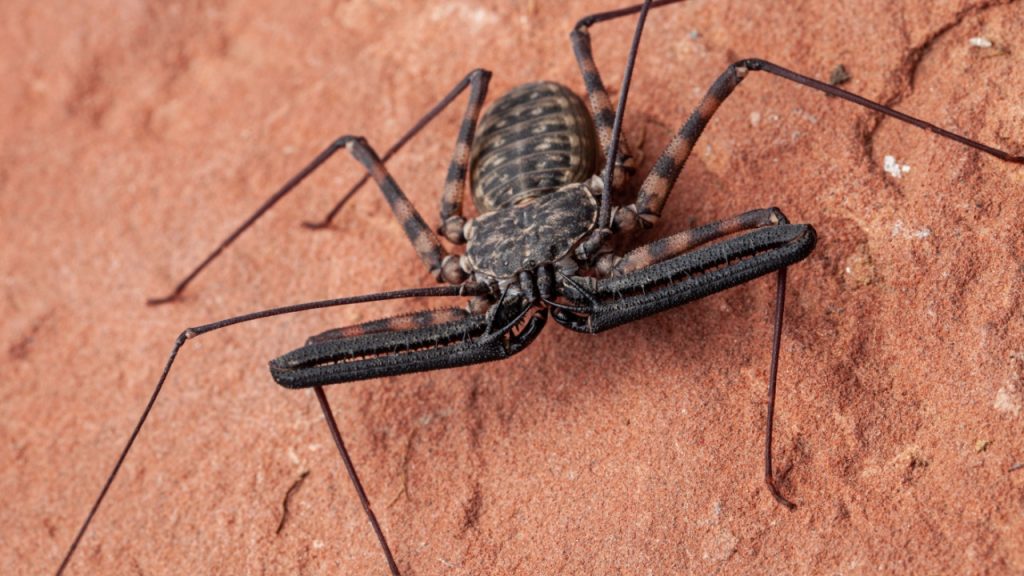Now, it’s true that I am fascinated by creatures of all kinds – even insects. But these guys are … yikes! While they’re admittedly incredibly impressive, I’m not sure how close I’d like to get to some of these creepy crawlies. While many bugs are harmless or even beneficial, some appear to have crawled straight out of a horror movie. Gigantic beetles, parasitic wasps, and huge centipedesthese creepy crawlies showcase nature’s penchant for the bizarre and terrifying. Despite their frightening appearances, many of these insects play crucial roles in their ecosystems. Whether you’re fascinated by the strange side of nature or just looking for a good scare, these 15 nightmarish bugs will leave you both amazed and unsettled.
Giant Weta
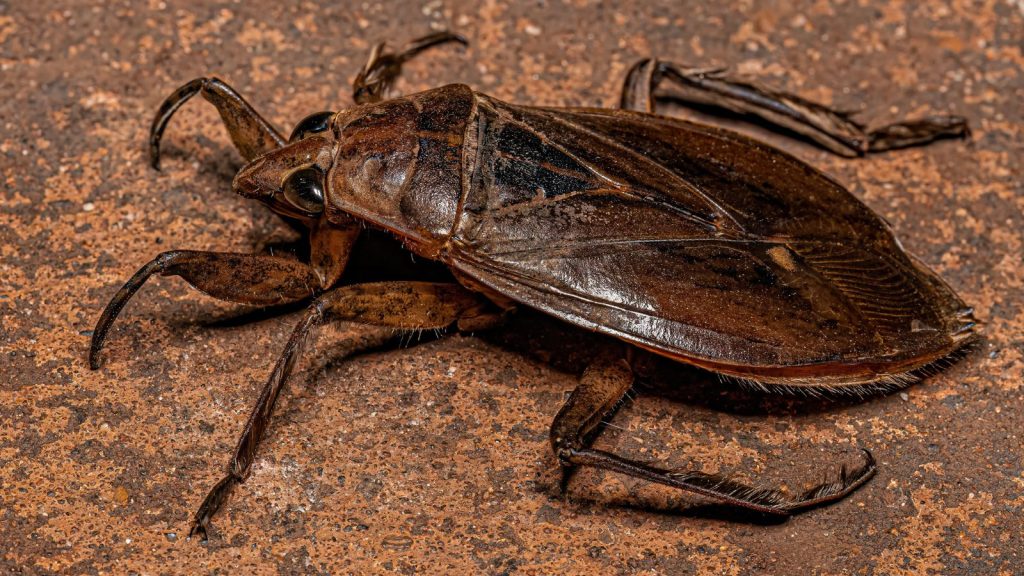
The Giant Weta is one of the heaviest insects in the world, weighing up to 2.5 ounces (71 grams). Native to New Zealand, these enormous cricket-like creatures can grow larger than a human hand. Despite their intimidating size, Giant Wetas are generally harmless to humans and primarily feed on plants.
Assassin Bug
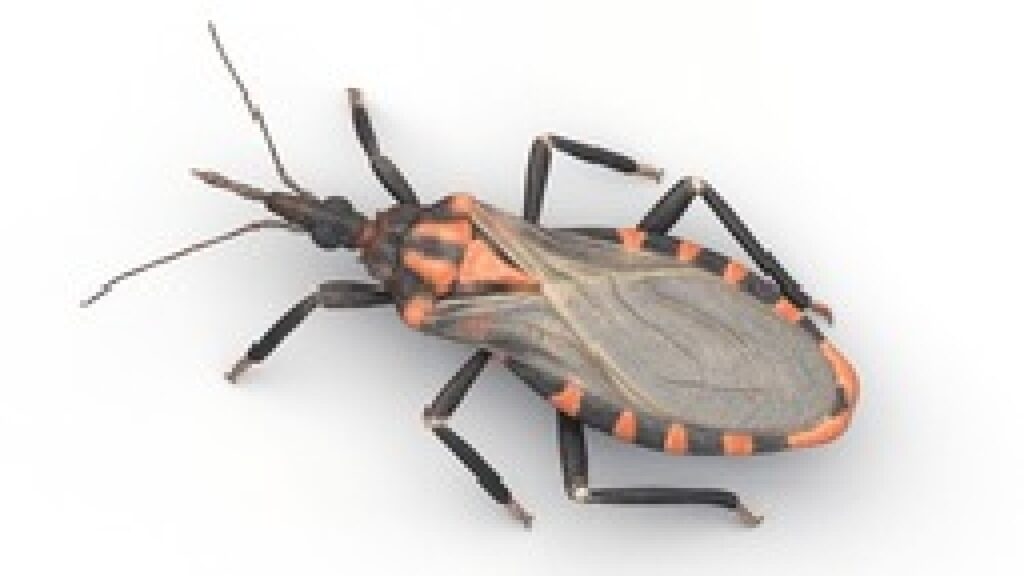
The Assassin Bug is a predatory insect known for its painful bite and gruesome feeding habits. These bugs inject their prey with a paralyzing venom before sucking out their liquefied insides. Some species of Assassin Bugs are known to spread Chagas disease, a potentially life-threatening illness.
Goliath Beetle
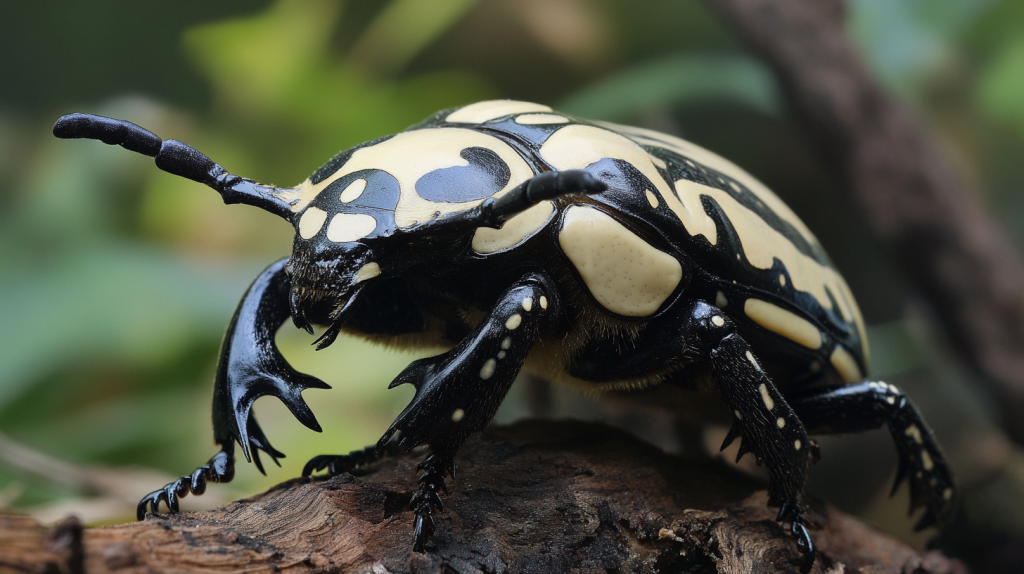
The Goliath Beetle is one of the largest insects on Earth, growing up to 4.3 inches (11 cm) in length. These massive beetles are found in tropical African forests and can weigh as much as 3.5 ounces (100 grams). Despite their intimidating size, Goliath Beetles are harmless to humans and feed primarily on fruit and tree sap.
Tarantula Hawk Wasp
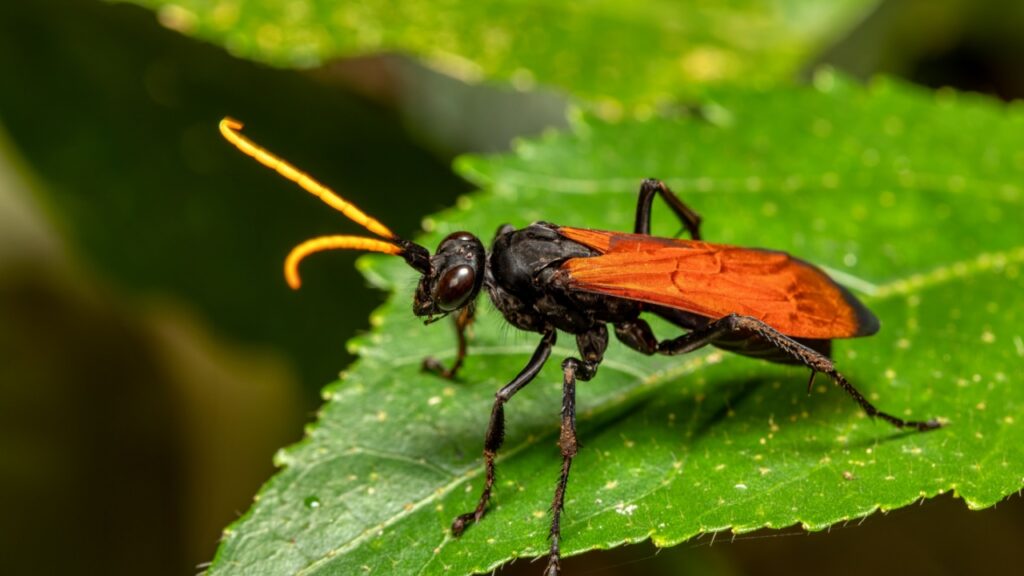
The Tarantula Hawk Wasp is a large, parasitic wasp that hunts tarantulas. These wasps paralyze their spider prey with a powerful sting, then lay an egg on the victim’s body. When the larva hatches, it burrows into the still-living tarantula and slowly eats it from the inside out.
Giant Water Bug
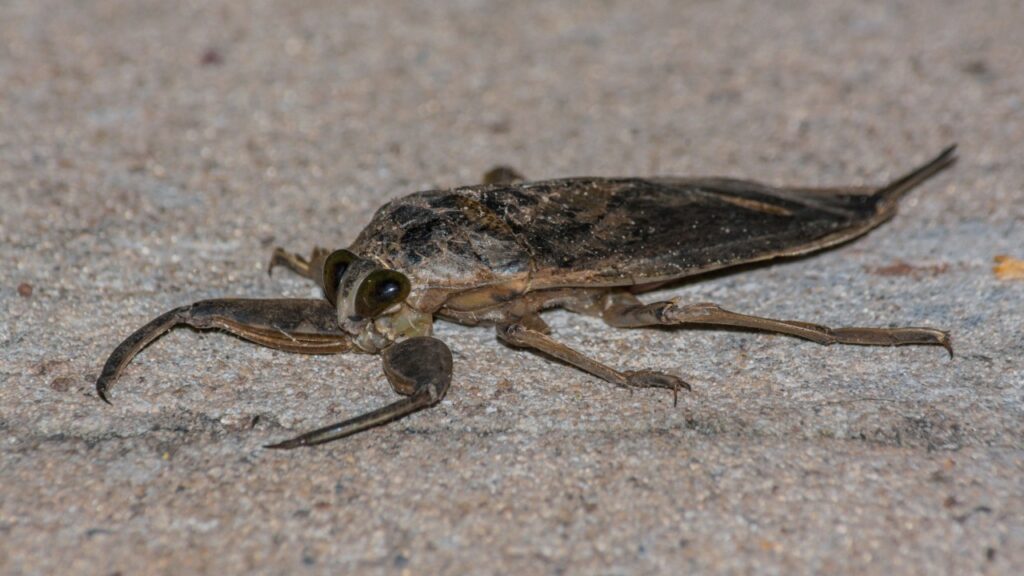
Also known as the “toe-biter,” the Giant Water Bug is a large aquatic insect that can grow up to 4 inches (10 cm) long. These predatory bugs are known for their powerful bite, which they use to inject digestive enzymes into their prey. Giant Water Bugs can even take down small fish and amphibians.
Hercules Beetle
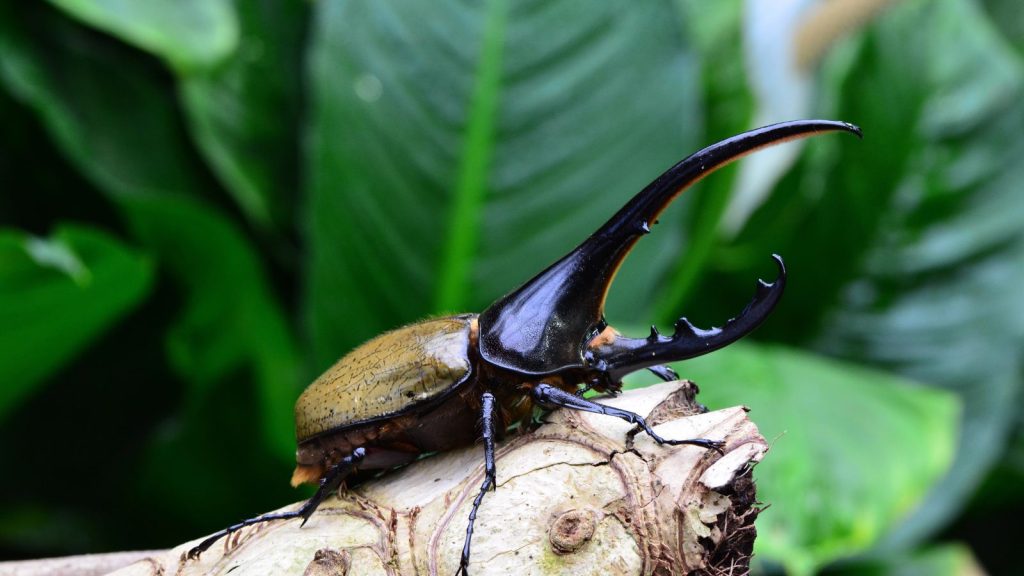
The Hercules Beetle is one of the largest flying insects in the world, with males reaching lengths of up to 6.7 inches (17 cm) including their horns. These impressive beetles are found in Central and South America. Male Hercules Beetles use their large horns to fight for mates, much like deer or elk.
Giant Centipede
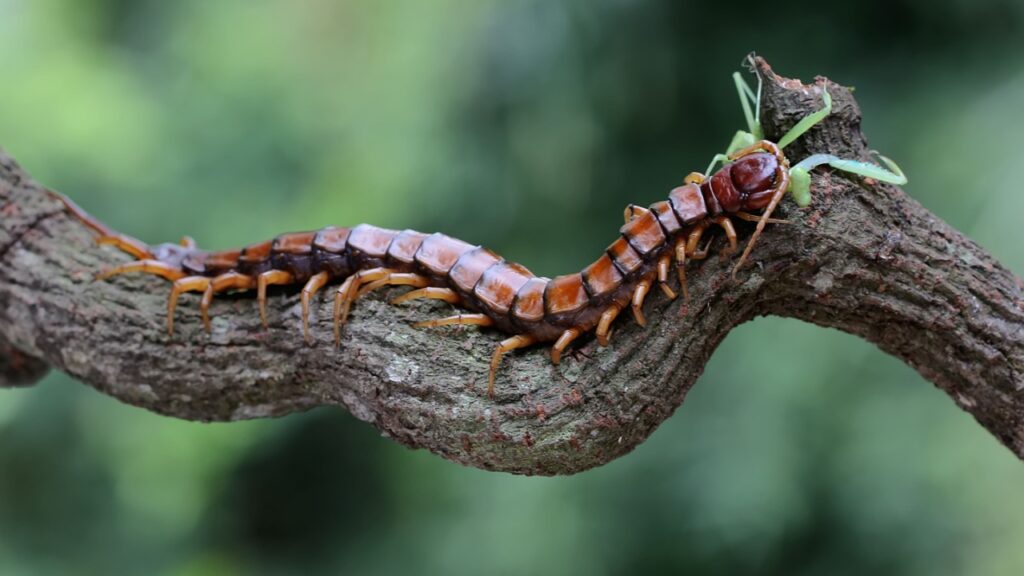
The Giant Centipede can grow up to 12 inches (30 cm) long and is found in various tropical regions. These fast-moving predators are venomous and can deliver a painful bite to humans. Giant Centipedes are capable of taking down prey much larger than themselves, including small vertebrates.
Devil’s Flower Mantis
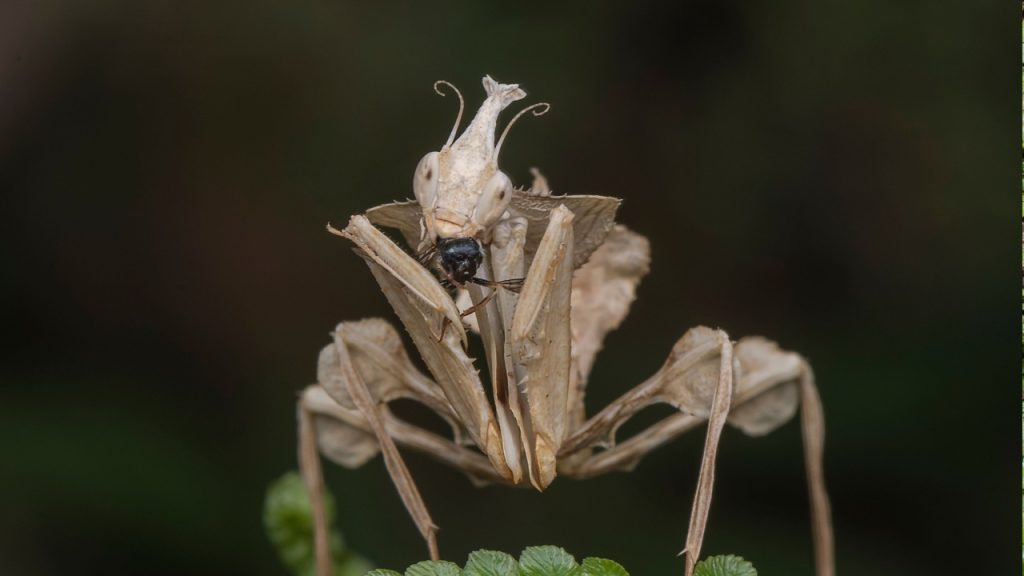
The Devil’s Flower Mantis is a large praying mantis species known for its elaborate camouflage and aggressive behavior. These mantises can grow up to 5 inches (13 cm) long and are native to East Africa. When threatened, they display a startling pattern on their wings that resembles a demonic face.
Giant Isopod
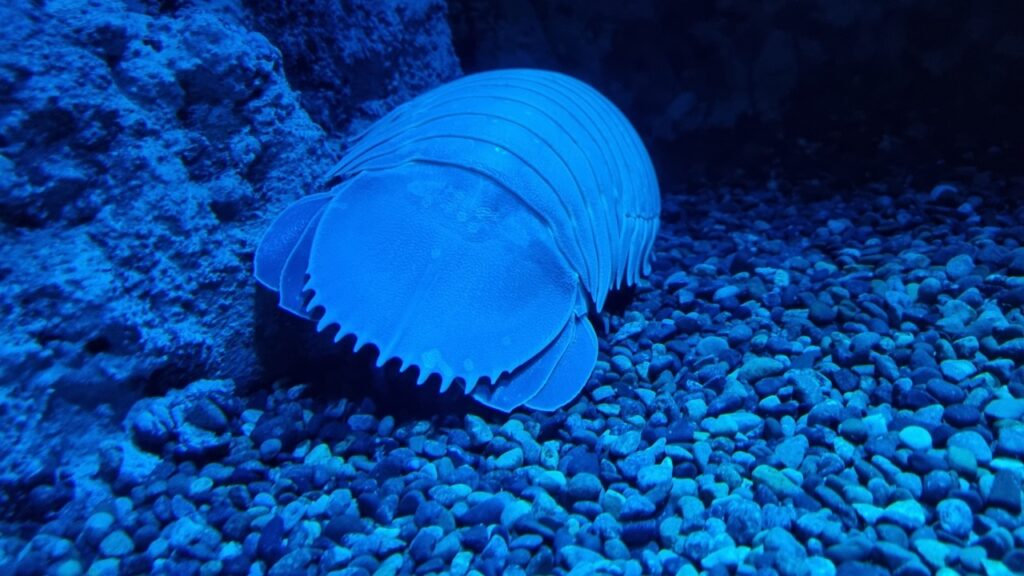
While not technically an insect, the Giant Isopod deserves a mention for its nightmarish appearance. These deep-sea creatures can grow up to 16 inches (41 cm) long and are related to common pillbugs. Giant Isopods are scavengers that can go for years without eating due to the scarcity of food in their deep-sea habitat.
Elephant Beetle
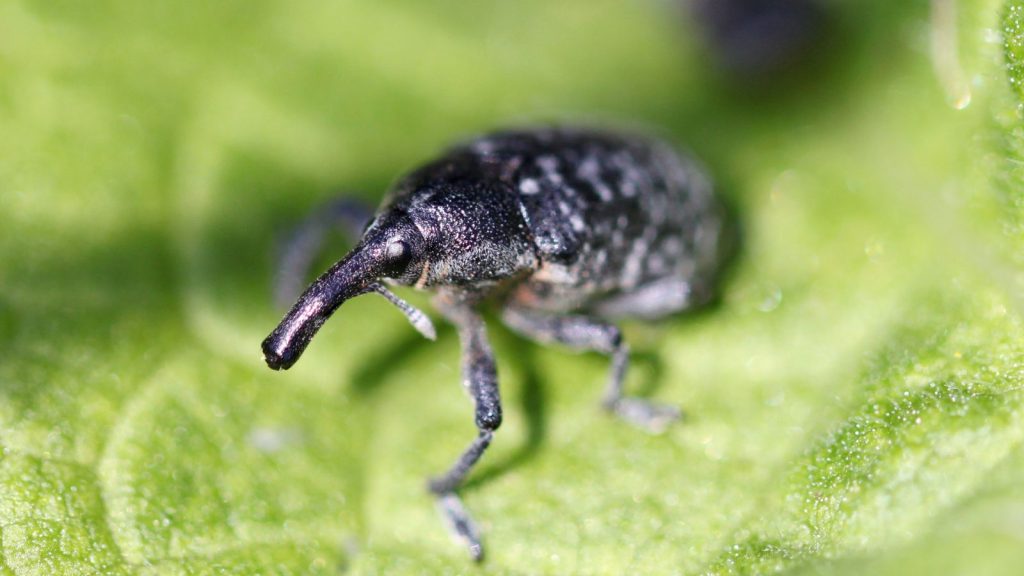
The Elephant Beetle is a large rhinoceros beetle species found in Central and South America. Males can grow up to 5 inches (13 cm) long and have impressive horns used for fighting. Despite their intimidating appearance, Elephant Beetles are harmless to humans and feed primarily on rotting fruit.
Camel Spider
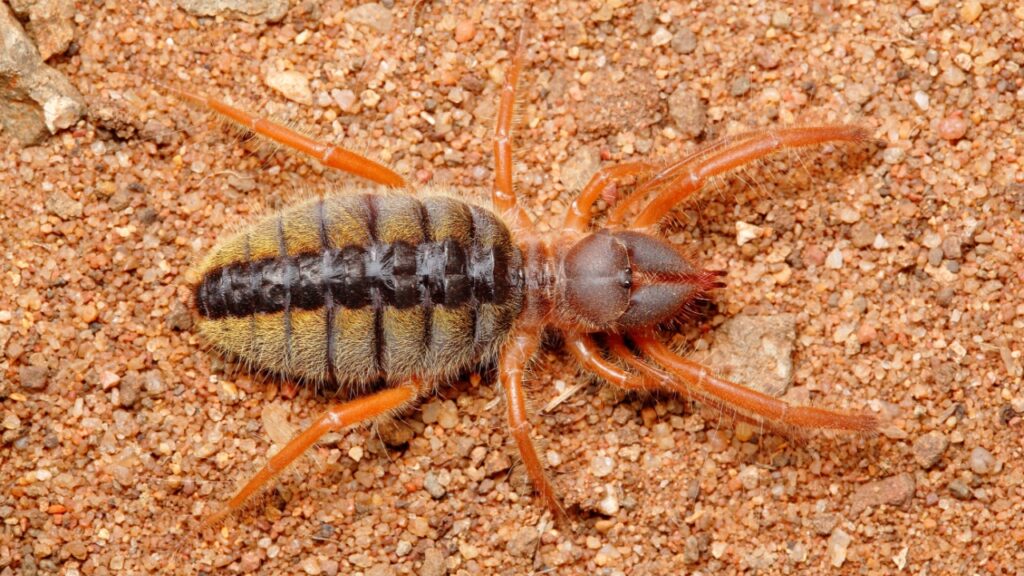
Camel Spiders, also known as Wind Scorpions, are neither spiders nor scorpions but a separate group of arachnids. They can grow up to 6 inches (15 cm) long and are known for their large, powerful jaws. While not venomous, Camel Spiders can deliver a painful bite and are surprisingly fast runners.
Atlas Moth
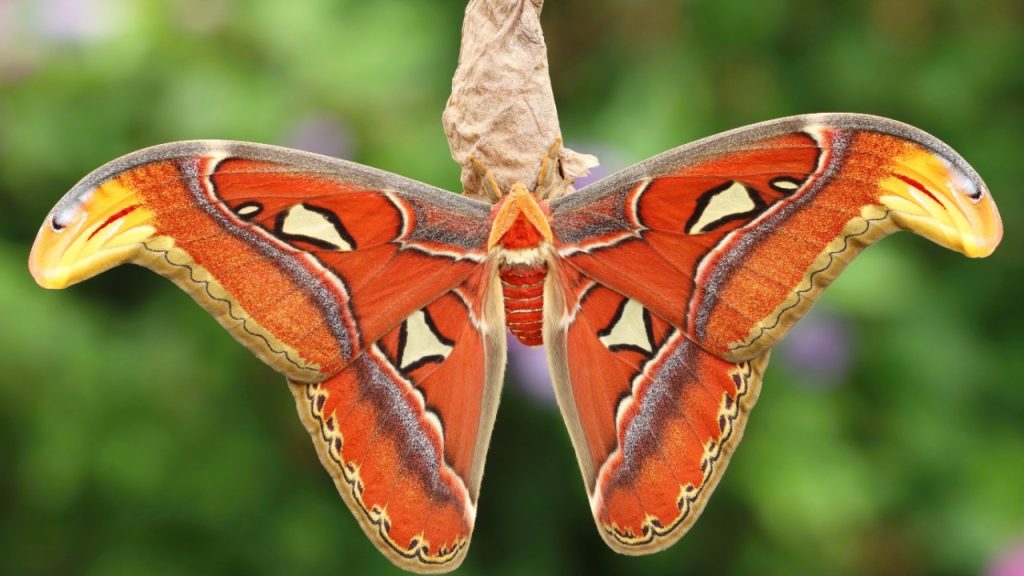
The Atlas Moth is one of the largest moths in the world, with a wingspan that can reach up to 12 inches (30 cm). Native to Southeast Asia, these massive moths have intricate wing patterns that resemble snake heads. Adult Atlas Moths don’t eat and live for only a few days, existing solely to mate and lay eggs.
Giant Vinegaroon
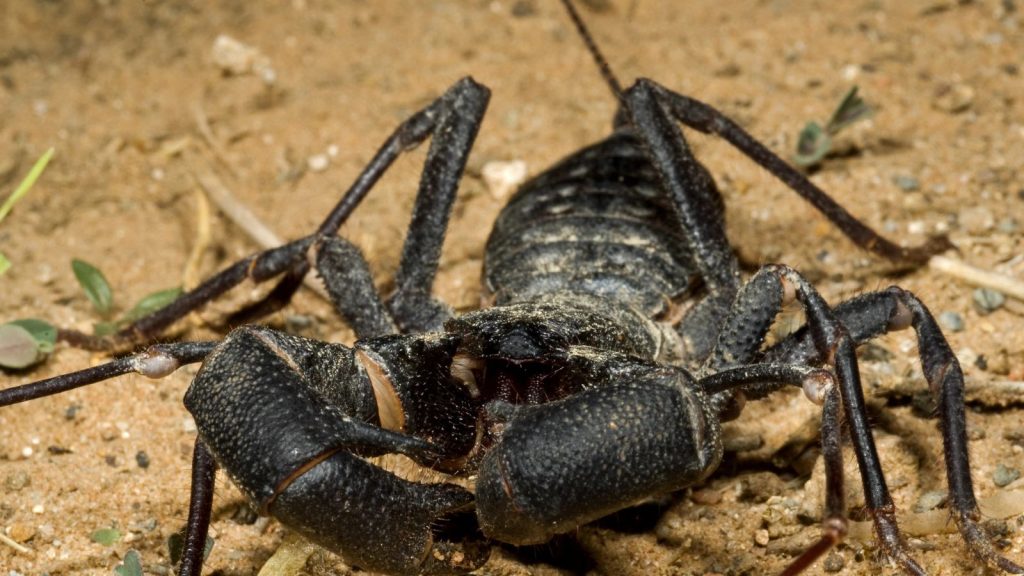
The Giant Vinegaroon, also called the Whip Scorpion, is a strange arachnid that can spray a vinegar-like substance from its tail. These creatures can grow up to 3 inches (7.6 cm) long and are found in tropical and subtropical regions. Despite their scorpion-like appearance, Vinegaroons are harmless to humans.
Titan Beetle

The Titan Beetle is one of the largest known beetle species, with adults reaching lengths of up to 6.6 inches (17 cm). Native to the Amazon rainforest, these impressive insects have powerful mandibles that can snap pencils in half. Titan Beetles are rarely seen as adults and their larval stage remains a mystery to scientists.
Giant Long-Legged Katydid

The Giant Long-Legged Katydid is a large insect found in Malaysia with legs that can span up to 10 inches (25 cm) when extended. These bizarre-looking creatures are masters of camouflage, blending in perfectly with leaves and branches. Despite their alien appearance, Giant Long-Legged Katydids are harmless plant-eaters.

